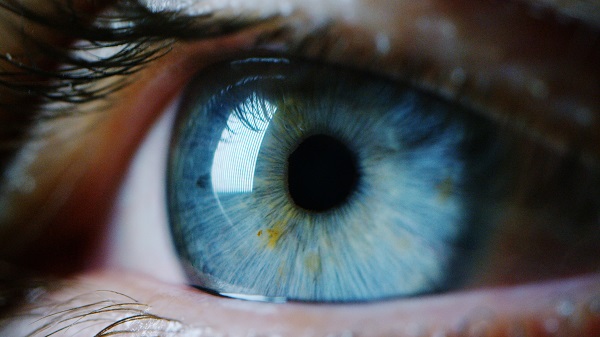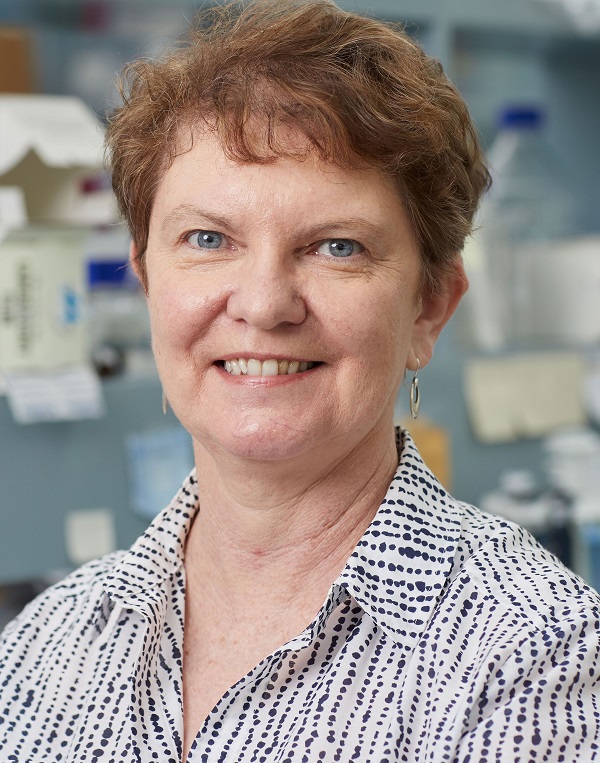How whole genome sequencing is restoring hope for patients with inherited eye disease
Not so long ago, unravelling the cause of inherited eye diseases was like hunting for the proverbial needle in a haystack. While discovery of the human genome created tantalising opportunities, complexity and cost kept some diagnoses frustratingly out of reach. Patients – many of them young – would lose their sight without doctors knowing exactly why.

But a decade or so has made a stunning difference, with the impractical now becoming the possible. A NSW Health Genomics Collaborative grant has enabled a Sydney team to play its part, using whole genome sequencing (WGS) to detect known and novel genetic variants in people with retinal diseases. Diagnosing these diseases paves the way to match patients with exciting new gene therapies that have the potential to halt deterioration and even restore their vision.
Led by Professor Robyn Jamieson, a team from the Children’s Medical Research Institute, Sydney Children’s Hospitals Network and the Save Sight Institute at the University of Sydney was awarded a Sydney Genomics Collaborative Grant in 2016. Using the state-of-the-art technologies at the Garvan Institute of Medical Research, they conducted genomic testing for over 100 families. Their work confirmed the efficacy of their WGS strategies, with a gene variant detection rate of 60-70%. And, as Jamieson explains, it also fuelled a cascade of exciting new translation initiatives: the establishment of an ocular genomic multidisciplinary team approach to diagnosis, new testing techniques and, potentially, new targeted gene therapies.
“It all comes from the genomics,” Jamieson says. “This was a really great grant for helping us show how these different types of genomics strategies could deliver really good outcomes for our patients.”
Following the promise of genomics
As a young paediatrician busy treating her patients’ symptoms, Jamieson was drawn to genomics as a way to understand why disease occurred and, ideally, capture problems further upstream. “The thinking was, ‘If we can get to the bottom of why some of these diseases were occurring, we might have a better chance of finding the answer and a treatment’.”
After a PhD in developmental biology, an NHMRC post-doc grant took her to the University of Manchester and research in other areas of interest: genomics and ocular disorders. “In those three years there’d been the whole genomics revolution. We had a really exciting project, discovered a novel disease gene and it got me hooked.”
Back in Sydney, she built her own team, establishing a lab at the Children’s Medical Research Institute with a clinical arm at the Children’s Hospital at Westmead, creating an ideal environment for discovery.
Inherited retinal diseases
The retina is often described as acting like a camera, receiving light through the eye’s pupil and converting it to neural signals that are then sent to the brain. Inherited retinal diseases (IRDs) affect 1 in 1000 Australians and can emerge at any stage of life. As a clinician, Jamieson meets children and teenagers with an IRD who are going blind and, currently, have no treatment available.
Jamieson’s team established that whole genome sequencing makes a more accurate diagnosis than previously available, opening the door to a range of exciting possibilities.
A clear diagnosis is a powerful start, even if there are no therapies. Jamieson says that accurate genetic information returns power to a patient’s hands, through an understanding of the risks of a retinal disease across generations.
But the effectiveness of WGS also enabled Jamieson’s team to translate its work into a NATA-accredited gene testing lab at Sydney Genome Diagnostics, Children’s Hospital at Westmead. It has also helped focussing research tests for genetic variants that are less certain, to establish a diagnosis which will be vital as gene therapies become available.

The first of these targeted therapies is now in use and as more are developed, the role of genomics becomes even more important, essential for matching the treatment to the specific disease for patients who, in many cases, have had little hope.
“Many haven’t seen their ophthalmologists for a long time because, up until very recently, there have been no therapies or therapy possibilities available,” Jamieson explains. “I can understand that from a patient’s perspective. However, the great news now is that genetic diagnosis is possible, and there is now one therapy and hope for other therapies for these conditions. So, I think this is going to be a kind of revolution”.
By Michelle Fincke
Updated 3 years ago